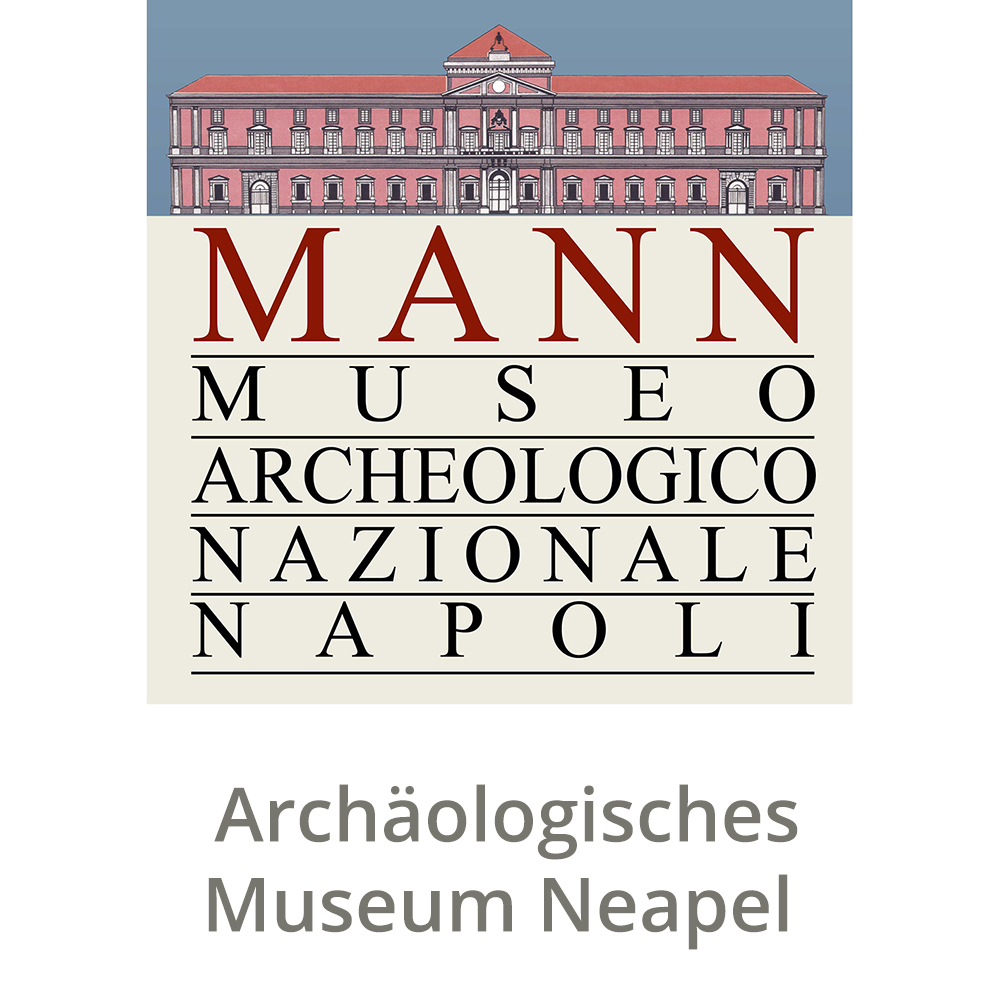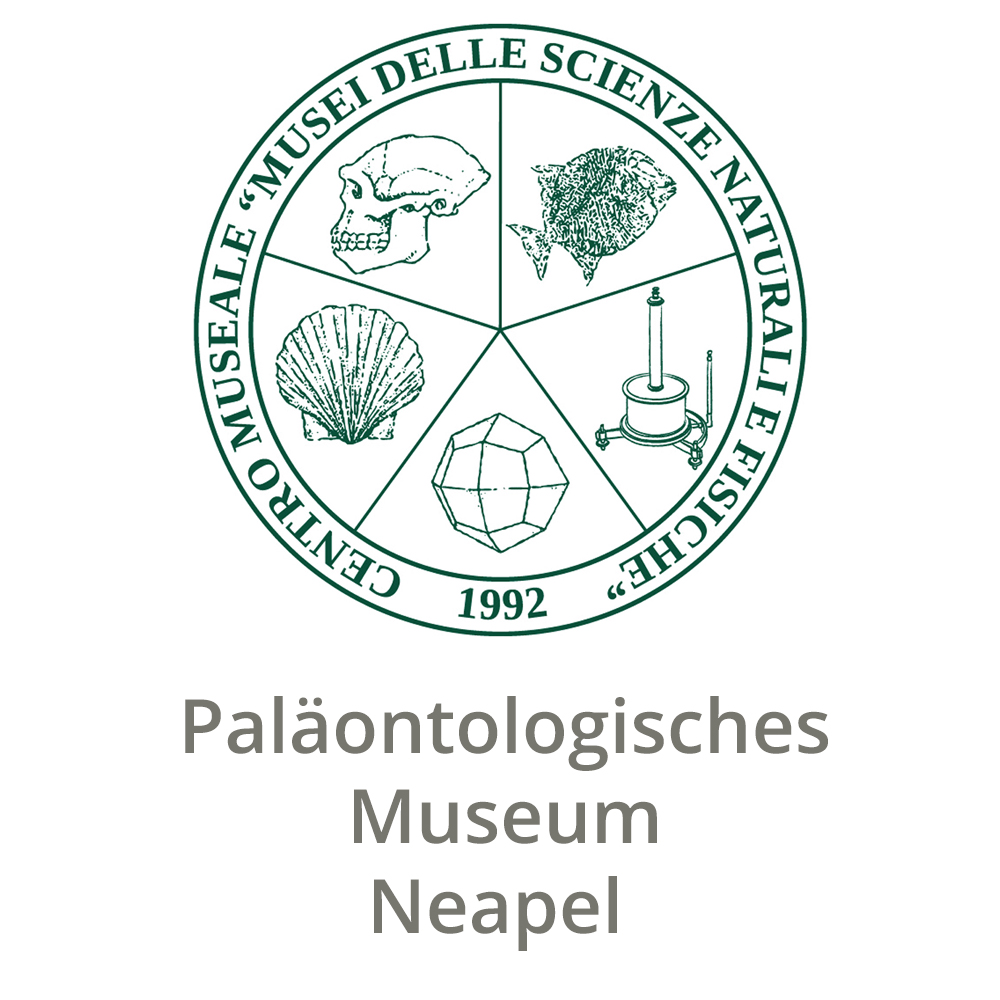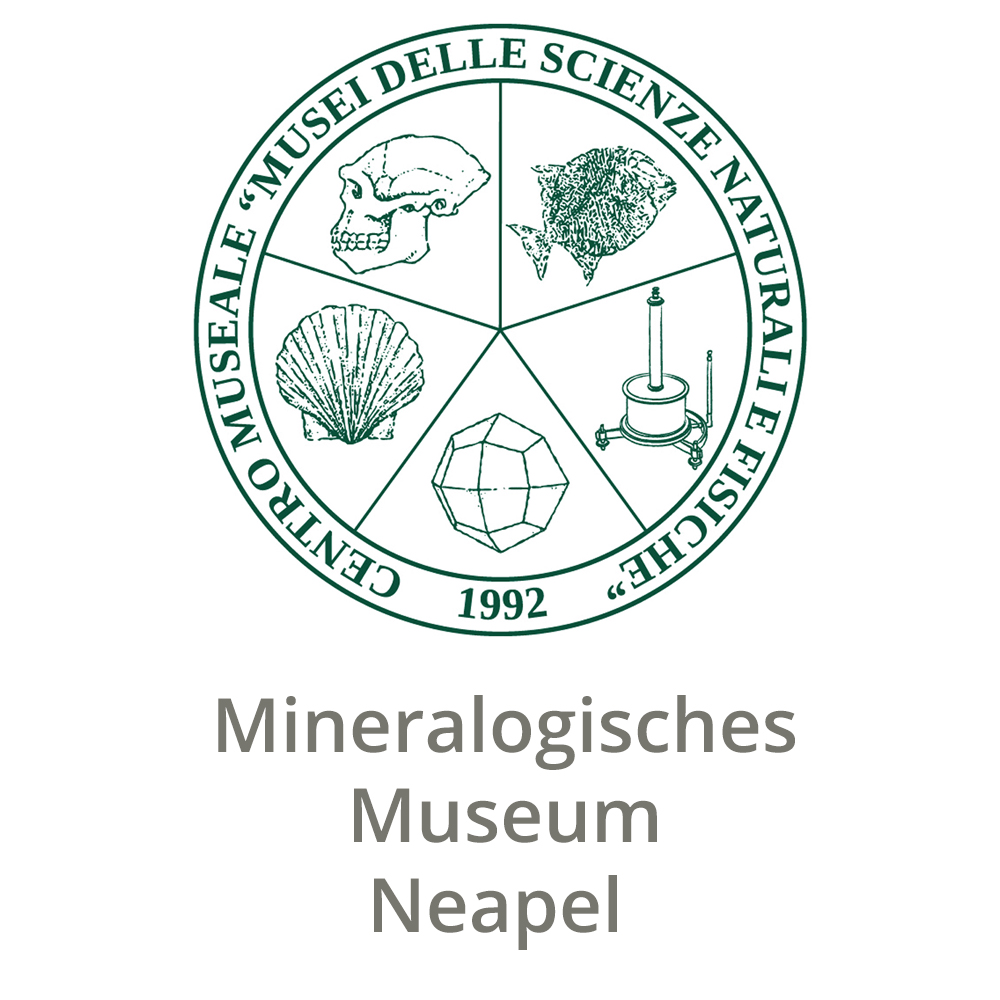Neapel

“Siehe Neapel und stirb!”, schrieb Goethe um zu betonen, dass es keinen schöneren und faszinierenden Ort gibt. Neapel ist tatsächlich eine der größten und bezaubernden Städte im Mittelmeerraum. Mit etwa einer Million Einwohner ist die Landeshauptstadt der Region Kampanien die drittgrößte Gemeinde Italiens nach Rom und Mailand. Die Stadt befindet sich in der Mitte des gleichnamigen Golfs, das sich von der sorrentinisch-amalfitanischen Küste bis zu dem vulkanischen Gebiet der Phlegräischen Felder erstreckt und einen beeindruckenden Ausblick bietet, mit dem imposanten Vulkan Vesuv und drei wunderbaren Inseln: Capri, Ischia und Procida. Sein Ruhm verdankt Neapel nicht nur den Landschaften sondern auch dem Zauber einer Altstadt, die über 2500 Jahre Geschichte erzählt und seit 1995 UNESCO-Weltkulturerbe ist.
Gegründet wurde Neapel von den Griechen im 8. Jh. v. Chr. als eine der wichtigsten Kolonien der Magna Graecia. Nach dem Zusammenbruch des römischen Kaiserreichs war Neapel Hauptstadt des gleichnamigen Königreichs und des ganzen Süd-Italiens. Im Laufe der Jahrhunderte fiel es unter der Herrschaft jeweils von Byzantinern, Normannen, Staufern, Anjou, Aragonien, Spaniern (Neapel war über 200 Jahre eine Provinz Spaniens), Österreichern, Bourbonen, Franzosen (Napoleon), bevor es 1860 dem Königreich Italiens angeschlossen wurde.
Aus historischen, künstlerischen, politischen, sozialen und kulturellen Gründen war Neapel, von der Antike bis heute, einer der Kernpunkte des Abendlandes. Sitz der ältesten Universität Europas (Friedrich II) und einer der ältesten Militärschulen in der Welt (Nunziatella), Wiege der neapolitanischen Sprache, der Handwerkstradition der Krippenfiguren, einer besonderen Theaterform, eines universal bekannten Volkssongs und einer kulinarischen Tradition, der man u.a. eine der in der Welt meist verbreiteten Speisen verdankt, nämlich die Pizza.
Neapel ist Stadt der Kontraste wie kaum eine andere auf der Welt: populäre Kieze, dunkle enge Gassen, zerfallene Gebäude, armes Volk, Unterkultur stehen noblen Wohnvierteln, monumentalen Orten, modernen Wolkenkratzern, wohlhabendem Bürgertum, Kultur und Kunst gegenüber. Im Guten wie im Bösen ist Neapel die Stadt der Exzesse.

“See Naples and then die!” that is what Goethe wrote to emphasize that any other place is more beautiful and charming than it. Actually, Naples is one of biggest and charming art heritage cities of Mediterranean area.
Capital of Campania, it is the third largest Italian municipality (about one million of inhabitants) after Rome and Milan. It overlooks the gulf of the same name extending from Sorrento peninsula to Phlegraean Fields volcanic area and it offers you a suggestive view of the enormous Vesuvius volcano and three wonderful isles – Ischia, Capri and Procida – in the distance. Moreover, Naples is also famous for its over 2500 years old charming historic center included among the UNESCO World Heritage sites
Greeks founded it in the 8th century B.C. and soon it became one of the most important colonies of Magna Graecia. After Roman Empire’s fall, it was capital of Naples’ Kingdom and of southern Italy under different rulers: Byzantines, Norman, Hohenstaufen, Anjou, Aragon, Austrian, Bourbon, French (Napoleon). Then, it joined Italian Kingdom in 1860.
For historical, artistic, political, social, cultural and environmental reasons, it has been one of the Western key towns since ancient times until the present day. It is a seat of the oldest State University in Europe and of one of the oldest military schools in the world (Nunziatella military school). Moreover, Naples is the birthplace of Neapolitan language, crib’s artisanal tradition, a distinctive theater genre and real international renowned songs. Finally, the most well-known food in the world was born in Naples: pizza!
Few other towns in the world are full of comparisons like Naples is: on the one hand you can find popular areas, dark alleys, burnt out buildings, poor people, subculture, the sea; on the other hand, you can find residential areas, monumental circles, modern skyscrapers, very rich people, wealthy upper-middle class, art and culture, many hills. Naples is the town of the excesses, for better or worse.

„Vedi Napoli e poi muori“ scriveva Goethe per sottolineare che nessun altro luogo è più bello e affascinante di questo. Napoli è infatti una delle più grandi ed incantevoli città d’arte del Mediterraneo. Capoluogo della regione Campania è, per grandezza (circa un milione di abitanti), il terzo comune italiano dopo Roma e Milano. La città domina l’omonimo golfo, che si estende dalla Penisola sorrentina all’area vulcanica dei Campi Flegrei ed offre una vista molto suggestiva, con l’imponente vulcano Vesuvio e, in lontananza, tre magnifiche isole – Capri, Ischia e Procida. Oltre ai suoi splendidi paesaggi, Napoli deve la sua fama anche al fascino di un centro storico che racconta oltre 2500 anni di storia ed è stato inserito nel 1995 nella lista dei patrimoni UNESCO dell’umanità.
Venne fondata dai greci nell’VIII secolo a.C. e fu fra le più importanti colonie della Magna Graecia. Dopo il crollo dell’Impero Romano, la città fu capitale del Regno di Napoli e del Sud Italia sotto diverse dominazioni di bizantini, normanni, svevi, angioini, aragonesi, spagnoli (vicereame spagnolo per oltre 200 anni), austriaci, borbonici, francesi (Napoleone), prima di entrare a far parte del Regno d’Italia del 1860.
Per motivi storici, artistici, politici, sociali, culturali ed ambientali è stata, dall’antichità fino ai giorni nostri, una delle città cardine dell’Occidente. Sede della più antica università statale d’Europa (Federico II), di una delle più antiche scuole militari al mondo (la Nunziatella), luogo di origine della lingua napoletana, della tradizione artigianale del presepe, di una forma distintiva di teatro, di una canzone di fama universale e di una peculiare tradizione culinaria che include uno dei cibi più noti al mondo: la pizza.
Napoli è città di contrasti come poche al mondo: quartieri popolari si contrappongono a quartieri residenziali, vicoli bui a piazze monumentali, agglomerati fatiscenti a moderni grattacieli, popolo poco abbiente a borghesia benestante, subcultura a cultura ed arte, mare a collina. Nel bene e nel male Napoli è la città degli eccessi.





